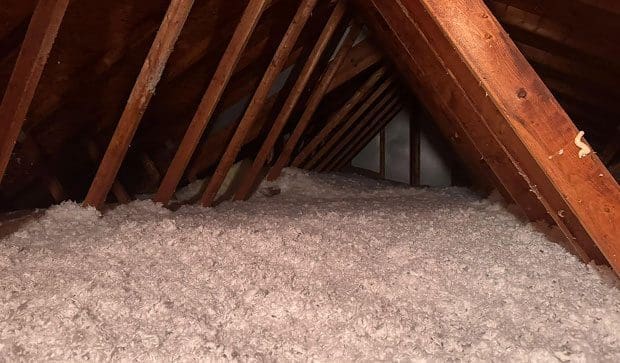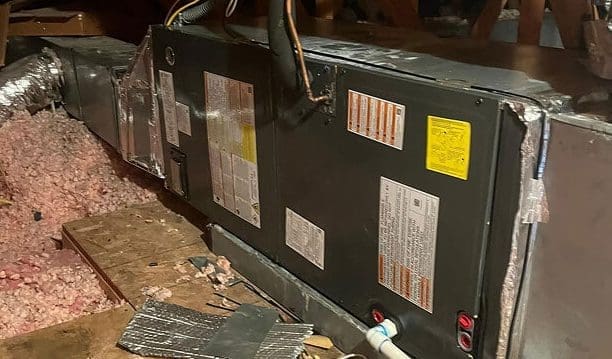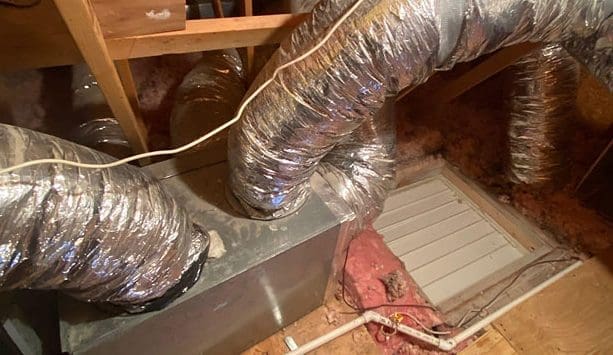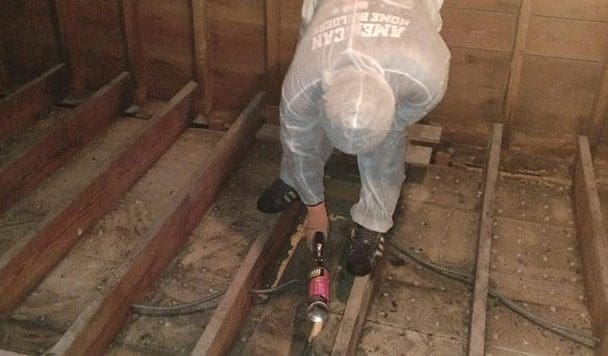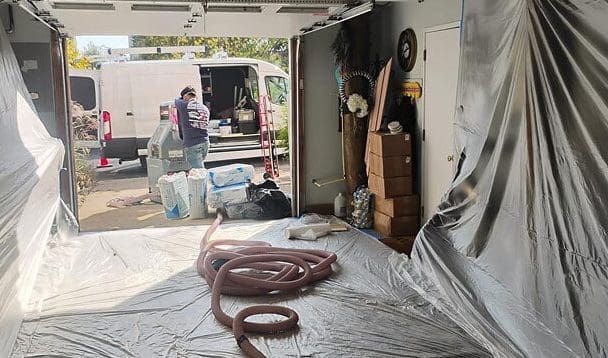
Introduction to Cooling Systems in Baltimore
Baltimore’s sweltering summers demand a reliable and efficient cooling system. As local homeowners weigh their options, the choice often comes down to central air conditioning or ductless mini-split systems. Each option offers unique benefits and potential drawbacks depending on your home’s size, age, and infrastructure. American Home Energy, proudly serving Baltimore, helps residents understand the best solution for maintaining comfort while managing energy costs.
Get your HOME EVALUATION
Enter your information below

Understanding Central Air Conditioning Systems
How Central AC Works
Central AC systems cool your entire home using a single outdoor unit connected to a network of indoor ducts. Warm air is pulled from inside, cooled through a refrigeration process, and distributed evenly through vents in each room.
Pros of Central AC Systems
These systems offer whole-home cooling with consistent temperatures, minimal indoor equipment visibility, and improved air filtration. For homes already equipped with ductwork, central AC systems are often the most streamlined and cost-effective option.
Cons of Central AC Systems
Central AC units can be expensive to install in homes without ductwork. They may also be less efficient due to air leakage in ducts, and can struggle with zone-based temperature control unless paired with additional zoning systems.
Exploring Ductless Mini-Split Systems
How Mini-Split Systems Operate
Mini-split systems feature an outdoor compressor unit and one or more indoor air handlers. Each indoor unit cools a specific zone and connects to the outdoor system via a small conduit, eliminating the need for ductwork.
Advantages of Mini-Split Systems
These systems provide superior flexibility and energy efficiency. They’re ideal for ductless homes, room additions, and areas with inconsistent temperatures. Zoning capabilities allow homeowners to cool only the spaces in use, reducing energy waste.
Disadvantages of Mini-Split Systems
While energy-efficient, mini-splits are more visible inside the home, as air handlers are mounted on walls or ceilings. Initial installation costs can be higher when multiple units are required to cool an entire house.

Key Comparison Factors
Installation Costs and Requirements
Homes with existing ductwork benefit from quicker, more affordable central AC installation. In contrast, ductless mini-splits are perfect for homes lacking ducts but may require multiple indoor units, increasing initial investment.
Energy Efficiency and SEER Ratings
Mini-splits typically boast higher SEER (Seasonal Energy Efficiency Ratio) ratings, translating to better energy efficiency. Central AC systems can be efficient, too, especially when ducts are sealed and the system is properly maintained.
Zoning Capabilities and Flexibility
Mini-split systems shine in zoned cooling, offering independent temperature control for different rooms. Traditional central AC systems cool the entire house evenly, unless retrofitted with costly zoning components.
Aesthetic Considerations
Central AC systems are unobtrusive, with no visible indoor components beyond vents. Mini-splits, though more prominent, come in sleek, modern designs that blend into most room styles.
Maintenance and Longevity
Both systems require regular maintenance. Central AC systems need duct inspections and filter changes, while mini-splits require cleaning of each indoor unit. With proper care, both systems offer comparable longevity.
Suitability for Baltimore Homes
Historic Homes and Ductwork Limitations
Baltimore’s historic homes often lack space for duct installation, making mini-split systems a convenient and non-invasive solution. They allow homeowners to enjoy modern comfort without compromising architectural integrity.
Modern Homes and Central AC Compatibility
In newer Baltimore homes, existing ductwork makes central AC systems a practical choice. These homes often support smart thermostats and zoning upgrades for enhanced efficiency.
Climate Considerations in Baltimore
Baltimore’s humid climate demands systems that manage both temperature and moisture. Central AC systems typically offer superior dehumidification, but many mini-split models now include moisture control features.

Making the Right Choice
Assessing Your Home's Specific Needs
Choosing between central AC and mini-splits starts with evaluating your home’s age, layout, insulation, and existing ductwork. An energy audit from American Home Energy can reveal the most efficient option.
Budgetary Considerations
Upfront installation costs vary, with central AC being more cost-effective for ducted homes and mini-splits excelling in ductless applications. Long-term savings depend on usage habits, efficiency, and system upkeep.
Long-Term Energy Savings
Mini-splits often outperform central AC in energy savings thanks to zoned control and minimal loss from ductwork. However, high-efficiency central AC systems with sealed ducts can also deliver strong performance.
Consulting with HVAC Professionals
Every home is different. The experts at American Home Energy in Baltimore can assess your property and recommend a cooling system that balances comfort, cost, and efficiency for your unique situation.
Conclusion
For homeowners in Baltimore, choosing between central AC and ductless split systems comes down to home layout, energy goals, and budget. Central AC works well in homes with existing ductwork, offering seamless whole-home comfort. Mini-splits are ideal for historic homes or targeted cooling with energy-efficient zoning. American Home Energy is here to help Baltimore families stay cool and comfortable all summer with personalized HVAC solutions.






